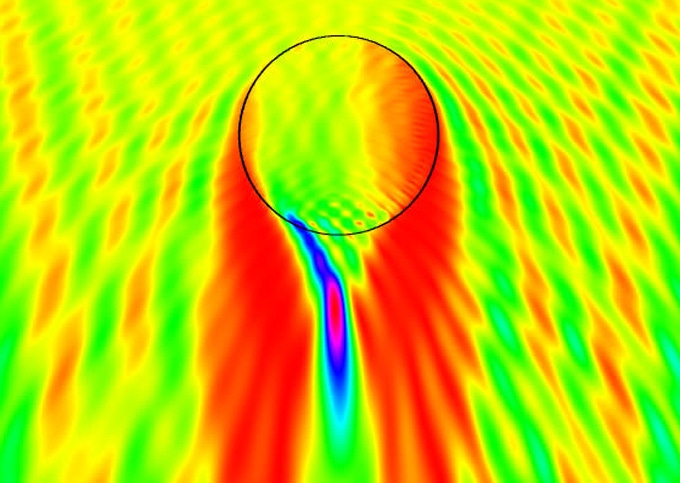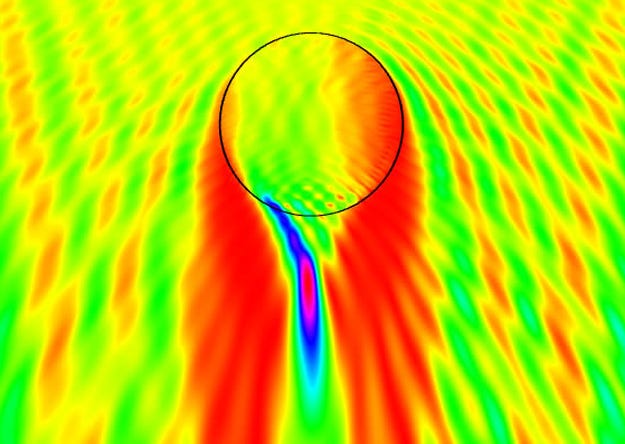To mass manufacture nanoscale devices for everything from biomedical to security applications, new production techniques are required. Researchers at the University of California, San Diego (UCSD), have developed a new method of lithography in which nanobots work together, like minions, to create complex surface patterns that form the sensors and electronics on devices that are a fraction of the width of a human hair.
November 4, 2014

To mass manufacture nanoscale devices for everything from biomedical to security applications, new production techniques are required. Researchers at the University of California, San Diego (UCSD), have developed a new method of lithography in which nanobots work together, like minions, to create complex surface patterns that form the sensors and electronics on devices that are a fraction of the width of a human hair. Their research, published recently in the journal Nature Communications, offers a simpler and more-affordable alternative to current state-of-the-art nanofabrication methods such as electron beam writing, according to a press release published by UCSD.
Led by nanoengineering professor and chair Joseph Wang, the research team developed nanorobots, or nanomotors, that are chemically-powered, self-propelled, and magnetically controlled. Their proof-of-concept study demonstrates the first nanorobot swimmers are able to manipulate light for nanoscale surface patterning. The new strategy combines controlled movement with the unique light-focusing or light-blocking abilities of nanoscale robots.
|
A spherical nanorobot made of silica focuses light like a near-field lens to write surface patterns for nanoscale devices. The red and purple areas indicate where the light is being magnified to produce a trench pattern on light-sensitive material. Image courtesy Laboratory for Nanobioelectronics, UC San Diego Jacobs School of Engineering. |
"All we need are these self-propelled nanorobots and UV light," said Jinxing Li, a doctoral student at the Jacobs School of Engineering and first author. "They work together like minions, moving and writing, and are easily controlled by a simple magnet."
State-of-the-art lithography methods such as electron beam writing are used to define extremely precise surface patterns on substrates used in the manufacture of microelectronics and medical devices. These patterns form the functioning sensors and electronic components, such as transistors and switches, packed on integrated circuits.
Today, as scientists invent devices and machines on the nanoscale, there is new interest in developing unconventional nanoscale manufacturing technologies for mass production.
Li is careful to point out that this nanomotor lithography method cannot completely replace the state-of-the-art resolution offered by an e-beam writer. However, the technology provides a framework for autonomous writing of nanopatterns at a fraction of the cost and difficulty of these more complex systems, which is useful for mass production. Wang's team also demonstrated that several nanorobots can work together to create parallel surface patterns, a task that e-beam writers cannot perform.
The team developed two types of nanorobots: a spherical nanorobot made of silica focuses the light like a near-field lens while a rod-shaped version made of metal blocks the light. Each one is self-propelled by the catalytic decomposition of a hydrogen peroxide fuel solution. Two types of features are generated: trenches and ridges. When the photoresist surface is exposed to UV light, the spherical nanorobot harnesses and magnifies the light, moving along to create a trench pattern, while the rod-shape nanorobot blocks the light to build a ridge pattern.
"Like microorganisms, our nanorobots can precisely control their speed and spatial motion, and self-organize to achieve collective goals," said professor Joe Wang.
About the Author(s)
You May Also Like



